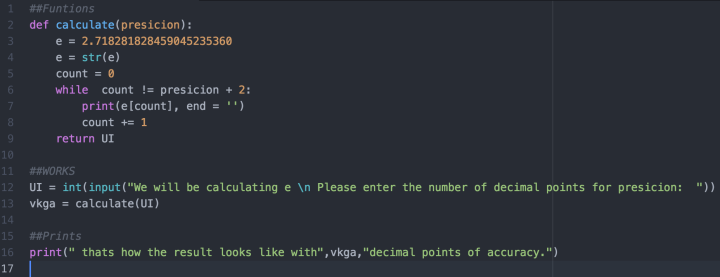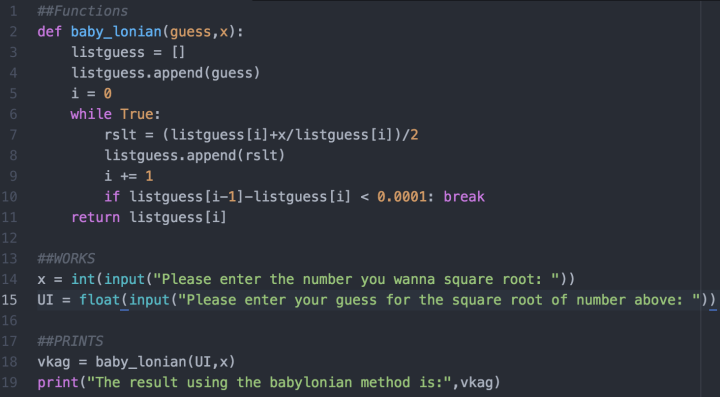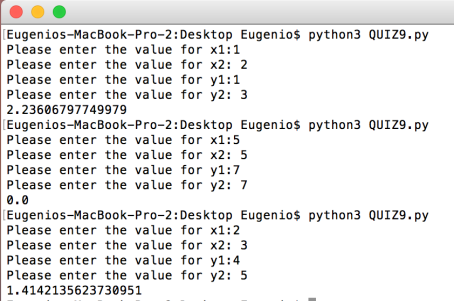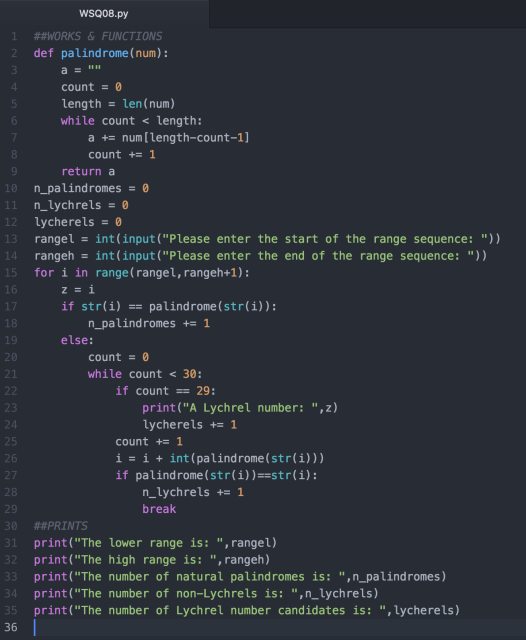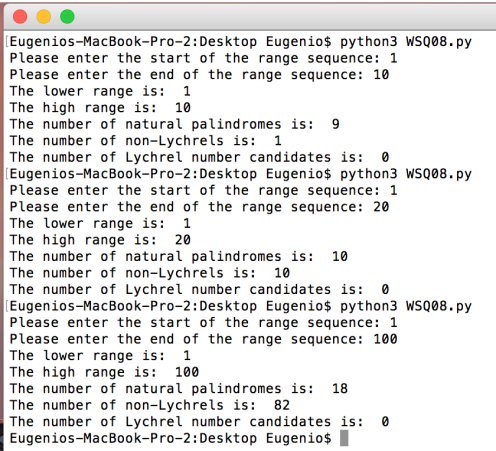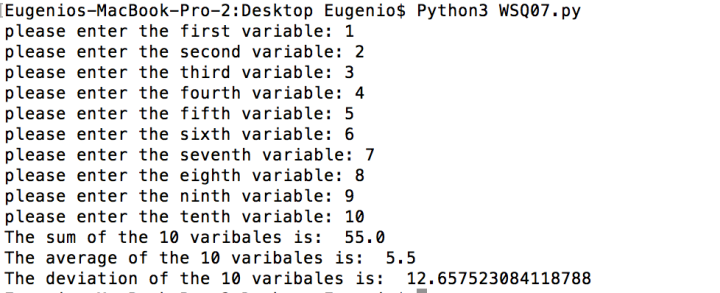--Originally published at Dude, Suckin' at something is the first step to being sorta good at something!
1. Use of comments LOCATION: QUIZ 6
2. Python conventions (Zen of Python but others for other languages) LOCATION:WSQ02
3. Basic types and their use LOCATION: QUIZ 6
4. Basic output (print) LOCATION: WSQ01
5. Basic user input (text based) LOCATION: WSQ01
6. Calling functions LOCATION: QUIZ 5
7. Creating functions LOCATION: QUIZ 5
8. Importing and using modules/libraries LOCATION: QUIZ3
10. Use of the conditional “if” LOCATION: QUIZ4
11. Use of “else” with a conditional (and elif for Python) LOCATION: QUIZ4
12. Nesting of conditional statements LOCATION: QUIZ 8
13. Use of loops with “while” LOCATION: QUIZ3
14. Use of loops with “for” LOCATION: WSQ08
15. Use of recursion for repetitive algorithms LOCATION: WSQ06
16. When to use what type of repetition in a program LOCATION: WSQ06
17. Creation and use of Lists/Tuples in Python LOCATION: WSQ04
18. Creation and use of strings LOCATION: WSQ05
19. Validated user input (ensure correct/expected data entry) LOCATION: Quiz 8
20. Reading and writing of text files LOCATION: WSQ11
21. Creation and use of ranges in Python LOCATION: WQS04



